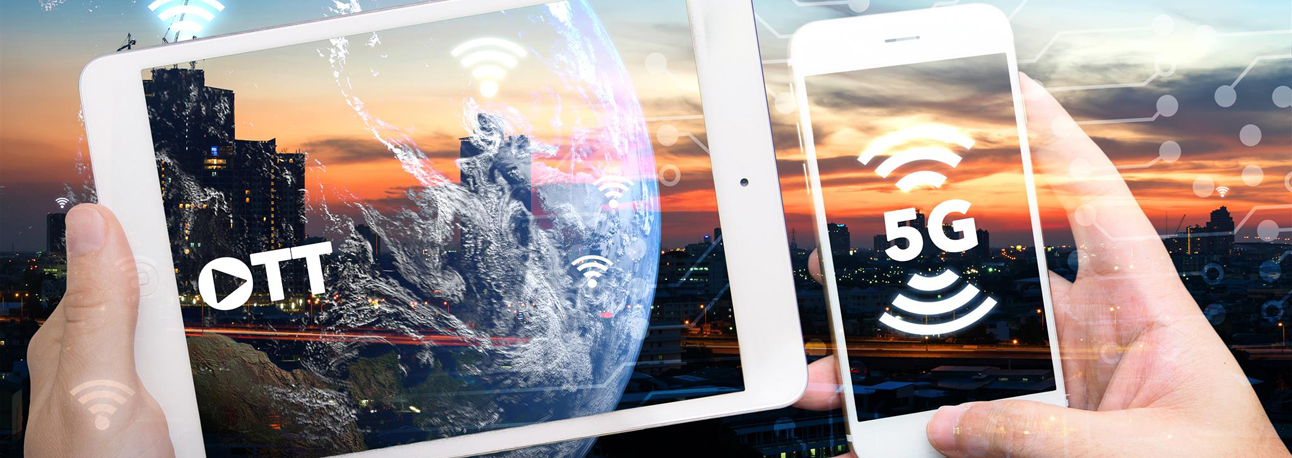There are a lot of myths out there when it comes to satellite technology, and it’s a real shame because so many people stand to gain so much from it.
For those who work in our industry, we’re well accustomed to it. Unfortunately, we hear the same things on a fairly regular basis. “It’s too expensive”, “it’s latent”, “it’s complicated”. The truth is that it’s none of those things. In fact, it’s unique in its capabilities. You won’t find another technology out there like it. Fact.
In this blog, we want to look at satellite in the context of OTT. It’s no secret that OTT is a booming industry. People are cutting the cord. OTT subscriber numbers are skyrocketing and providers literally can’t get content out there fast enough.
Let’s look at some stats:
- Leichtman Research Group found that the top pay-TV providers had a net loss of about 1,740,000 subscribers in Q3 – the fifth consecutive quarter of record pay-TV industry net losses.
- Cisco’s Visual Networking Index (VNI) Forecast predicts that by 2022, 82% of all internet traffic will be video.
- Cisco also predicts that video will make up 79% of all mobile traffic by 2022.
- Consumers don’t like bad video streaming. 90 seconds appears to be the longest that a viewer will tolerate an under-par stream.
- Wowza recently polled broadcasters across the globe on the subject of latency. When asked what the most important user experience factor was for their use case, 35% of broadcasters cited high quality video and 31% said low end-to-end latency.
So what do we learn from these stats?
IP video is the future and those who are paying for it want the best experience they can possibly have. We also know that networks easily become congested resulting in deterioration of the viewing experience. It’s critical that telcos and providers are prepared and have the technology in place that will enable them to deliver a smooth experience with great quality video and no downtime.
Satellite has been overlooked as a solution for OTT delivery but it’s high time the industry stood up and made it clear that satellite can overcome the problems that telcos and providers are experiencing – and deliver excellent overall Quality of Experience.
Why?
- Satellite can take pressure off the backbone by delivering prime content in multiple formats, to the edge of the network, whether that be a headend, cell tower, or Set Top Box.
- The return channel can be used for much-needed analytical data.
- Coding can ensure that digital rights (DRM) are adhered to, and content is only delivered to the region for which its licensed, and only in the correct viewing window.
- It can elevate the quality of experience (QoE) for the viewer, by delivering to the edge, so reducing if not eliminating the likelihood of buffering occurring.
- Latency between a broadcast signal and the OTT signal is eliminated, greatly elevating the QoE for a sports viewer.
- It can extend the geographical reach of an OTT service into areas without a good terrestrial broadband link.
- It can grow with the service, scaling up rapidly and cost-effectively as numbers of users and devices increase.
- Satellite operators and service providers have many years’ experience of packaging and delivering video programing, something that many new OTT providers lack.
There is incredible, untapped opportunity just waiting to be capitalized upon.
So, if you still need convincing that satellite and OTT are a good match, we recommend that you join us for our upcoming webinar. The Bigger Picture of Video Streaming: Taking on the Future of OTT, 5G and the CDNs, will be held on October 7 at 09.30 ET. Make sure you register today and start thinking outside of the box!
